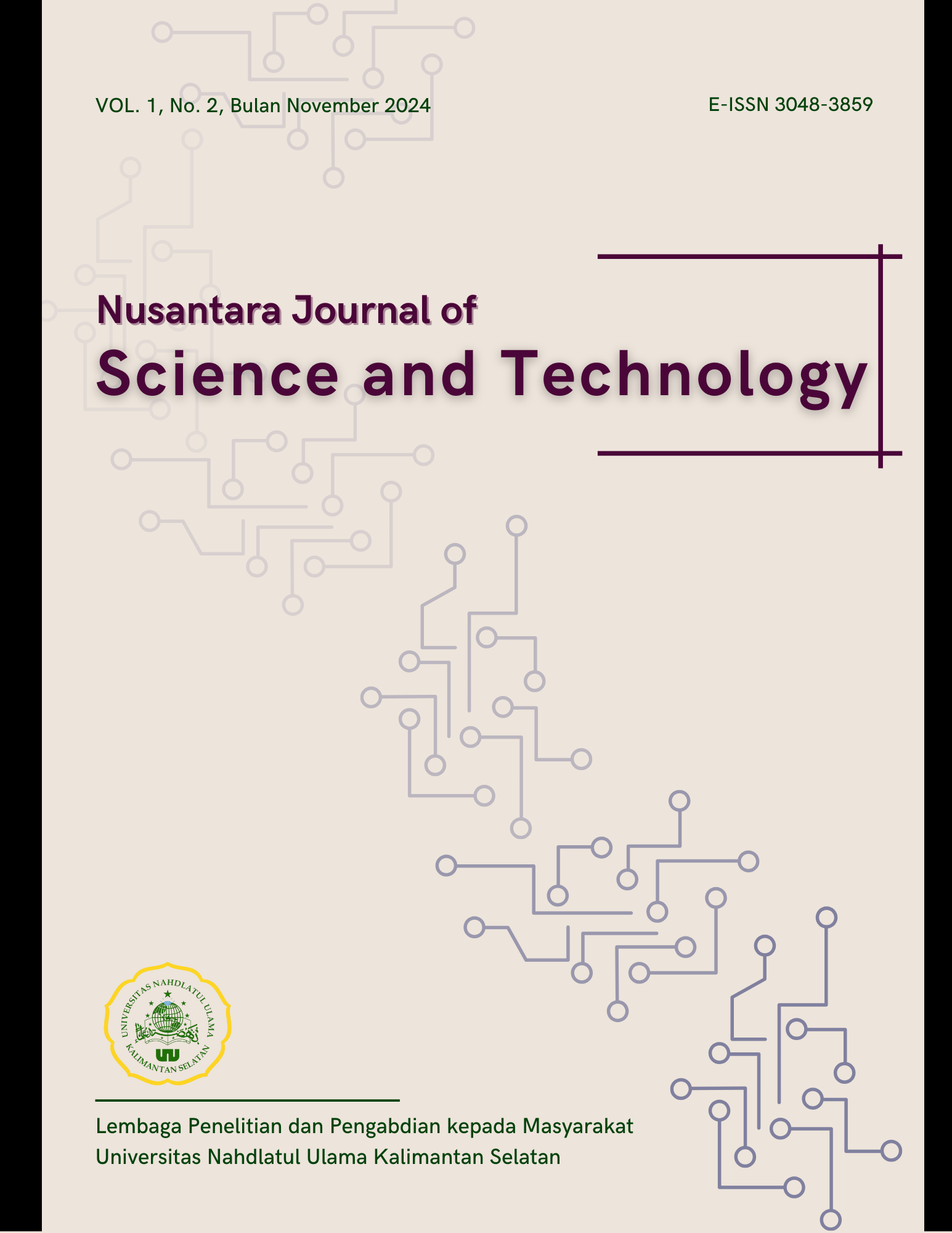Comparison of YOLOv4 and YOLOv4-tiny Algorithms in the Detection of Victims of Natural Disasters Perbandingan Algoritma YOLOv4 dan YOLOv4-tiny dalam Deteksi Korban Bencana Alam
Main Article Content
Abstract
Currently, artificial intelligence technology is widely discussed by researchers and this technology can help us in our daily lives. So that there are many applications in various fields, one of which is the topic in our paper namely the detection of victims of natural disasters. This is really needed by the rescue team in speeding up the search for victims of natural disasters because the tools currently used are only heavy equipment, so it takes a long time to search for victims of natural disasters. In this paper we will compare the speed of detection and accuracy in detecting victims of natural disasters using the You Only Look Once (YOLO) version 4 and YOLOv4-tiny algorithms. We train with the same parameters and dataset but with a different architecture. From the results, we get the YOLOv4-tiny algorithm is faster in detecting disaster victims but has an accuracy of 75% whereas the YOLOv4 algorithm takes longer to detect victims of natural disasters but has an accuracy of 54%.
Article Details
References
Adamu, M., Zen, M., & Widyatra, R. (2022). Smart victims detection in natural disaster using deep learning. In Proceedings of the International Electronics Symposium (IES), August 2022.
Bisong, E. (2019). Training a neural network.
Hartawan, D. R., Purboyo, T. W., & Setianingsih, C. (2019). Disaster victims detection system using convolutional neural network (CNN) method. In Proceedings of the International Conference on Industry 4.0, Artificial Intelligence, and Communication Technology (IAICT).
Holzinger, A., Langs, G., Denk, H., Zatloukal, K., & Muller, H. (2019). Causability and explainability of artificial intelligence in medicine. WIREs Data Mining and Knowledge Discovery, 9. https://doi.org/10.1002/widm.1305
Hutauruk, J. S. W., Matulatan, T., & Hayaty, N. (2020). Vehicle detection in real time using the Android-based YOLO method. Journal Name, 9(1), 8–14.
Jeong-ah, K., Ju-Yeong, S., & Se-ho, P. (2020). Comparison of Faster-RCNN, YOLO, and SSD for real-time vehicle type recognition. In Proceedings of the IEEE International Conference on Consumer Electronics – Asia (ICCE-Asia).
Khairunnas, M., Mulyanto, E., & Zaini, A. (2021). Making a human object detection module using the YOLO method for mobile robots. Jurnal Teknik ITS, 10.
Kun, J., & Yan, C. (2021). SAR image ship detection based on deep learning. In Proceedings of the International Conference on Computer Engineering and Intelligent Control (ICCEIC), March 2021.
Lapian, A. K., Sompie, S., & Manembu, P. (2021). You only look once (YOLO) implementation for signature pattern classification. Jurnal Teknik Informatika, 16(3), 337–346.
Lehr, J., Schluter, M., & Kruger, J. (2019). Classification of similar objects of different sizes using a reference object by means of convolutional neural network. In Proceedings of the IEEE International Conference on Emerging Technologies and Factory Automation (ETFA).
Malhotra, P., & Garg, E. (2020). Object detection techniques: A comparison. In Proceedings of the International Conference on Smart Structures and Systems (ICSSS).
Redmon, J., & Farhadi, A. (2018). YOLOv3: An incremental improvement.
Rohit, S. L., & Tank, B. V. (2018). IoT-based health monitoring system using Raspberry Pi – Review. In Proceedings of the International Conference on Inventive Communication and Computational Technologies (ICICCT).


